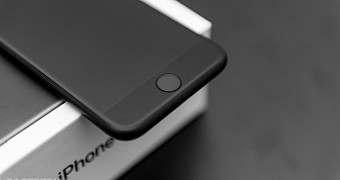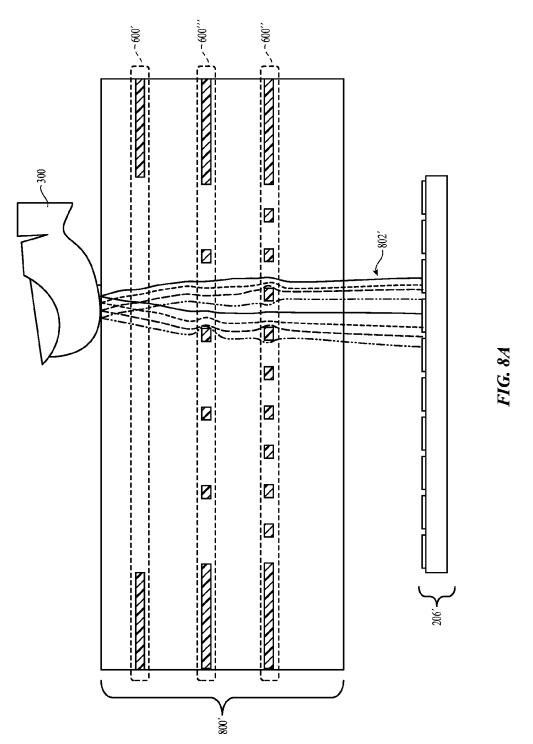Apple’s 2017 iPhone is expected to represent a major overhaul of the existing models, and Cupertino is believed to be planning a new bezel-less design that would have all front-facing parts integrated into the screen.
And while Cupertino has been entirely tight-lipped on everything regarding future plans, there’s a new patent in town that pretty much confirms this is indeed the plan.
Called “Capacitive fingerprint sensor including an electrostatic lens,” the new Apple patent describes how a fingerprint sensor baked into the screen would work, while also showing drawings that seem to suggest that the Home button could go away completely should this solution be adopted.
The patent’s description section presents “a capacitive fingerprint sensor, including: a dielectric structure having a contact surface and a sensor surface; an array of capacitive sensing elements held on or near the sensor surface of the dielectric structure; and an electrostatic lens formed within the dielectric structure.”
What’s interesting is that Apple filed for this patent in September 2014 and it was approved in early October 2016, so it comes at the right time for the company to start working on the next-generation iPhone.
Uncompromised security
Apple explains in the patent that offering increased accuracy with a fingerprint sensor placed under the display is quite a challenge, especially because the technologies used in the screen could have a significant impact on the way the sensor reads your fingerprint.
Furthermore, it’s all a matter of security, Apple says, and this is why this technology has been designed in a way that it would provide the same level of protection as a traditional sensor.
“The effectiveness of biometric security systems may be affected by the accuracy with which the unique biometric data on which they are based is able to be detected. In the case of fingerprint identification systems, this means that improved detection resolution may lead to improved security for the secured device. Thus, improving detection resolution is a significant issue in such systems,” Apple says in the patent.
If Apple is indeed planning to bring the technology patented here on production iPhones, then the Home button will almost certainly go away, and this is quite to be expected given the fact that the company has already switched to a touch-sensitive version on the iPhone 7. The Home button that we have on the iPhone 7 is here to ease the transition to the next-generation iPhone that would have the fingerprint sensor into the display, providing the same haptic feedback when pressed.
As usual, take this with a pinch of salt for the time being, but given the fact that more and more rumors are pointing to this full redesign of the iPhone, there’s a big chance this is happening.

 14 DAY TRIAL //
14 DAY TRIAL // 

